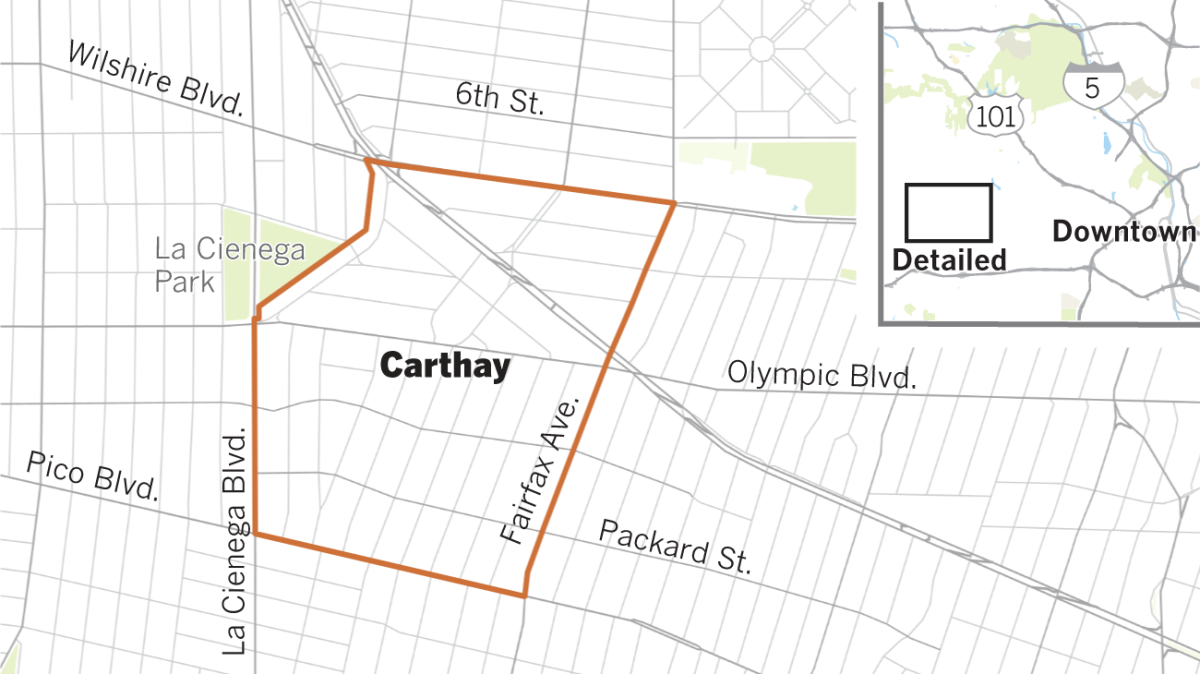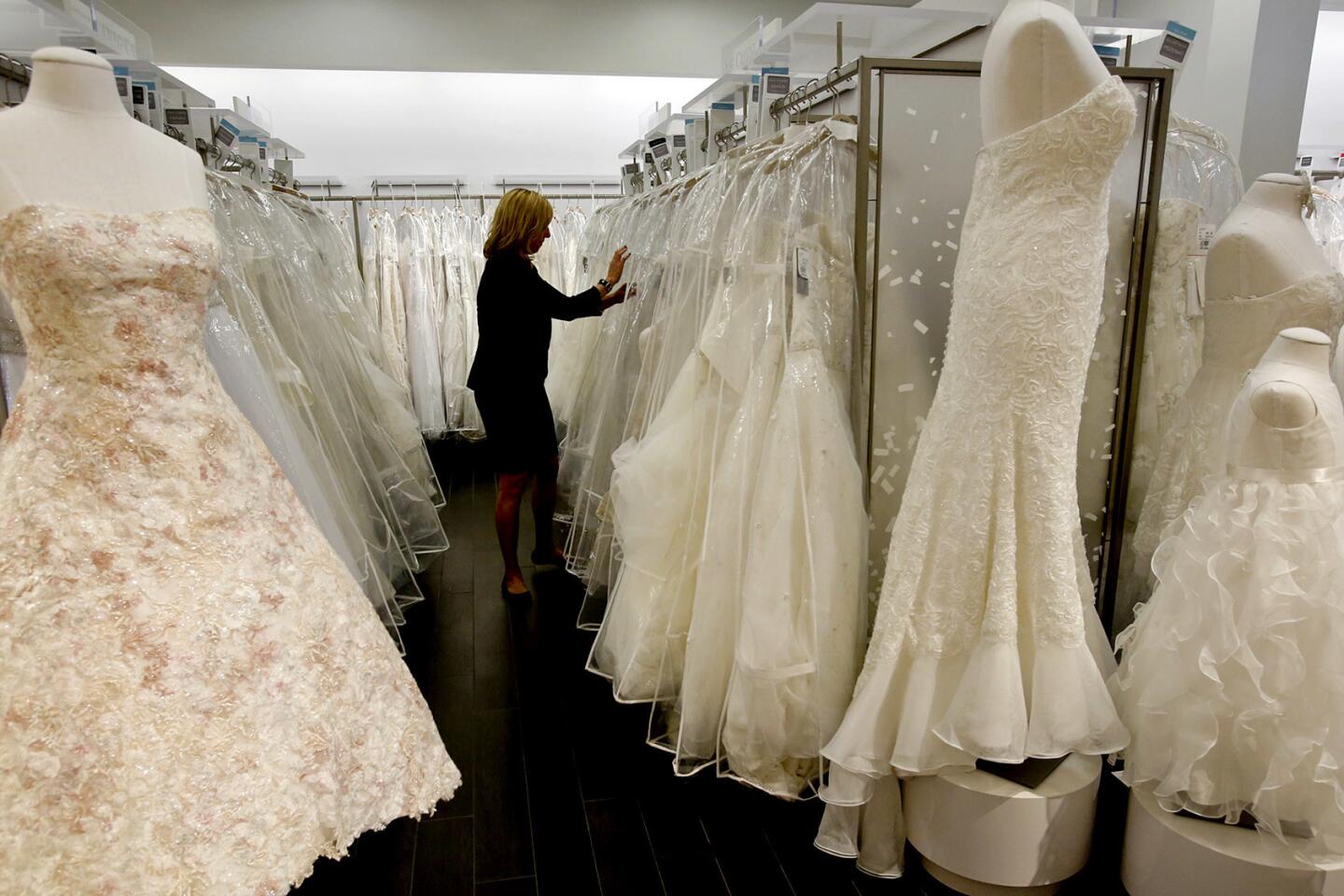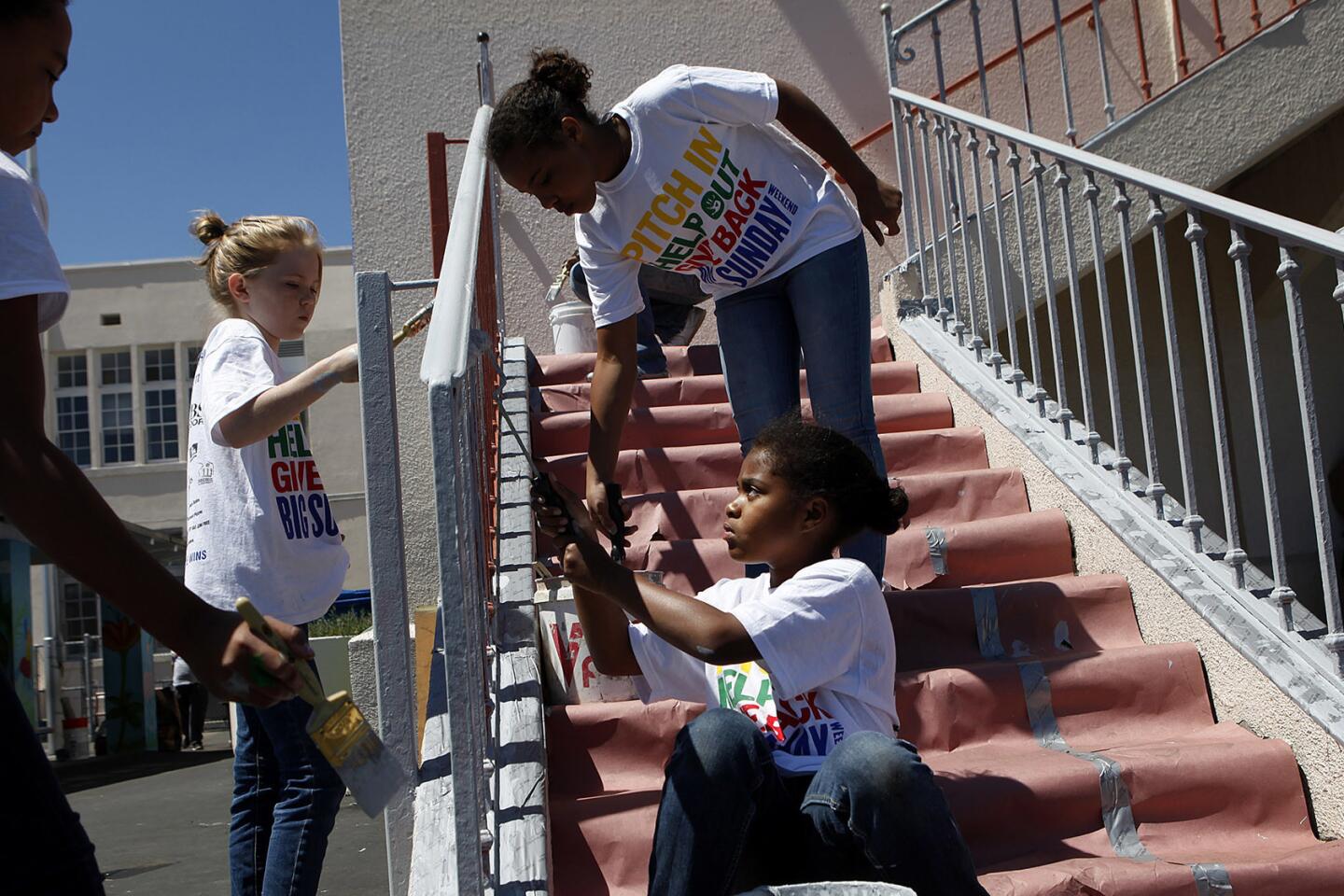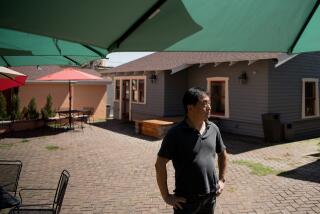Neighborhood Spotlight: Carthay offers village charm amid city bustle
- Share via
The nucleus of the neighborhood we now know as Carthay was developed beginning in 1922 by J. Harvey McCarthy, a real estate man of somewhat dubious moral character who purchased a former airfield south of Wilshire on which to build one of L.A.’s first planned communities.
After convincing Henry Huntington to run a Pacific Electric Railway spur from the Venice Line up Eulalia Boulevard (now San Vicente Boulevard) to Beverly Hills, McCarthy and his architects set about creating a unique sense of place for his new subdivision.
In a first for the city, he placed the community’s utility lines underground, laid out the streets in a pattern that broke with the established street grid, and created a network of walking paths that connected the neighborhood’s planned central retail and entertainment complex with Wilshire and Olympic boulevards.
McCarthy named the neighborhood after himself by removing the “Mc” and adding a judiciously placed “A” to give it a more illustrious air, and Carthay Center was born. With lots priced at $3,000 and up, twice what comparable land in Beverly Hills was priced at, the tract was aimed squarely at well-to-do Angelenos looking for a prestigious address near the fashionable new Miracle Mile shopping district to the north.
In order to make the neighborhood more attractive to buyers, McCarthy named the streets after prominent California pioneers and put in place deed covenants that governed the design of the homes and placed exclusionary restrictions on who could buy there.
It quickly became one of the more popular neighborhoods in the mid-Wilshire region of the 1920s, and even more so when he added a dash of Hollywood glamour to the place with the addition of the famous (and long-lost) Carthay theater in 1926.
In fact, the theater and its unique circular auditorium were so iconic that the neighborhood soon became known as Carthay Circle after the movie palace’s defining characteristic.
Over time, the boundaries of the neighborhood expanded south of Olympic to encompass two tracts that were developed around the same time. With these additions, the neighborhood as a whole became known as Carthay.
Carthay, which is protected by Historic Preservation Overlay Zones, still retains much of the character of the 1920s and ’30s and has avoided much of the mansionization that has plagued other Central L.A. neighborhoods.

Neighborhood highlights
A village in the city: Although the Carthay theater and its surrounding retail establishments were demolished in the 1960s to make way for office buildings, the neighborhood remains a walkable, quiet oasis.
Prewar charm: A majority of the pleasingly designed original homes remain, many of them in the dominant Spanish Colonial style of the era.
Studio-close: The neighborhood is still a popular address for entertainment professionals, with Sony Pictures, Amazon Studios and the Fox lot a short commute away.
Neighborhood challenge
Supply and demand: Carthay is as popular as ever, but at just a half mile square and with many homes having been converted to rentals, there aren’t a whole lot of opportunities to buy in.
Expert insight
Anie Mayelian, an agent with the Mayelian Group, has seen Carthay evolve during her three decades in the industry.
“Properties in Carthay used to be intended for veterans coming home from the war,” Mayelian said. “However, with the more modern and upscale Spanish architecture, Carthay gradually became more appealing to middle- and upper-class families.”
The neighborhood is dotted with period revival architecture such as Tudor and Spanish-style homes, and she said that the Historic Preservation Overlay Zones affecting the area have kept out modern-style developments and apartment complexes.
“At the rate that it’s going, Carthay will continue to grow,” Mayelian said. However, she noted, due to Carthay’s central location and historic charm, buyers should expect a huge price tag to get in.
Market snapshot
In the 90048 ZIP Code, based on 15 sales, the median sales price for single-family homes in November was $1.586 million, up 4.7% year over year, according to CoreLogic.
Report card
The one public school in the Carthay boundaries, Carthay Center Elementary, scored 777 in the 2013 Academic Performance Index.
Standouts in the area include Horace Mann Elementary and Hancock Park Elementary, which both scored 919. The Los Angeles Center for Enriched Studies scored 897.
Times staff writer Jack Flemming contributed to this report.
MORE FROM HOT PROPERTY
Actress Molly Parker gets top dollar for Echo Park bungalow
Waterfront homes in Long Beach’s Naples Island brought in big bucks in 2017
Megan Ellison sells Mount Olympus home to ‘Real Housewife’ Teddi Jo Mellencamp
More to Read
Sign up for Essential California
The most important California stories and recommendations in your inbox every morning.
You may occasionally receive promotional content from the Los Angeles Times.








